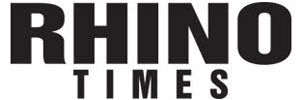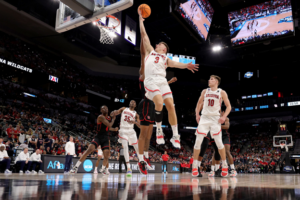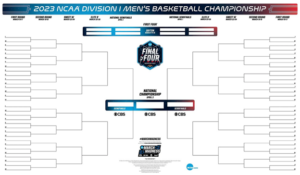The NCAA Men’s Basketball Tournament is for most sports fans one of their most favorite times of the year. The annual tournament brings together 68 of the country’s best teams to compete for the NCAA Championship. From the teams ranked inside the top 25 throughout the year to small schools that some fans have never heard of, it’s an exciting four weeks of college basketball spanning every year from mid-March to early-April.
As a sports fan and basketball fan, what’s not there to love? Underdog small schools knocking off major programs in modern day tales of David vs. Goliath and over the first four days of the tournament, there’s games being played for 12+ straight hours. It’s simply a sports fan’s paradise. New England fans can get in on the action themselves by heading over to BetMassachussets to find WynnBET Massachusetts promo code to make sure they are getting the best sign up bonus just in time for the NCAA March Madness tournament.
However, for companies, it’s one of their least exciting times throughout the year and quite frankly, one they wish probably didn’t exist. Why? Because the NCAA Men’s Basketball Tournament annually costs companies across the United States lose billions every year due to the amount of lost productivity. In 2019, Challenger, Gray & Christmas Inc., reported that employers within the United States lose upwards of $13 billion in productivity over the course of the month that the tournament runs. In that study, the firm estimated that for each hour that employees spent watching the tournament over being productive with their work, it cost employers approximately $2.1 billion.
Additionally, according to the staffing firm OfficeTeam, employees on average spend nearly 30 minutes of their workday watching March Madness or performing activities that are related to the tournament which includes creating their NCAA Tournament brackets.
The study also refers to an interesting study completed by TSheets that found 37% of American workers will have NCAA Tournament games on in some type of capacity during their workday; that number did not include those working from home at the time. This shows that even before the shift in work from home opportunities, employers rarely had the ability to limit the lack of productivity from employees during the NCAA Tournament.
Now with today’s work culture and the willingness to allow employees to work from home, it’s easy to anticipate that number could be even higher going forward with many jobs now being performed from home. The ability to simply account for productivity and more so lost productivity is even more difficult than it was prior to the change in our working culture stemming from the COVID-19 pandemic.
The loss in productivity in the tournament isn’t a new issue either for employers as it’s long existed especially as the tournament has increased in popularity by ten-fold over the last few decades. Now with employees working from home without few measures to ensure sustained productivity, the potential of lost productivity only increases especially during times like when the NCAA Tournament is being played.
Additionally, the loss of productivity isn’t only a March Madness and United States issue, either. During major sporting events every year, similar trends are seen such as the World Cup, the Olympics, Champions League, and other major sporting tournaments and events.. If there’s a major sports event occurring during work day hours, there is a significant chance that productivity will be impacted by those choosing to try their best attempt of multitasking their day job along with that of the NCAA Tournament.
Ultimately, at this point, the loss of productivity while frustrating for employers is all but expected. As stated above, the NCAA Tournament’s popularity has grown significantly over the last several decades when it comes to popularity. As it continued to grow and easily became accessible to watch each and every game, productivity would continue to dwindle, leading us to where we are today with organizations losing more and more money each year due to the tournament.
When it comes to actions that employers can do to limit the loss of productivity, it’s very limited in options. Yes, they could set restrictions on company electronics, therefore limiting the access to the tournament itself, however, with plenty of employees working from home, this becomes a less viable option as it would be more difficult to restrict the access employees have to March Madness related sites while on their home network. Other options include but are not limited to setting productivity standards that are able to be tracked by upper management on a routine basis or requiring communication regarding the completion of various tasks.
Ultimately, any attempts to limit the lack of productivity are unlikely to be successful long term. The NCAA Tournament has become ingrained in American sports culture and in a way the lack of productivity has become ingrained as well. While not ideal, employees have come to accept that there’s simply not much they could do to limit this sort of issue from arising.
The NCAA Tournament is set to begin on Thursday, March 16 at 12:15 p.m. EST with a matchup between No. 9 West Virginia and No. 8 Maryland.



